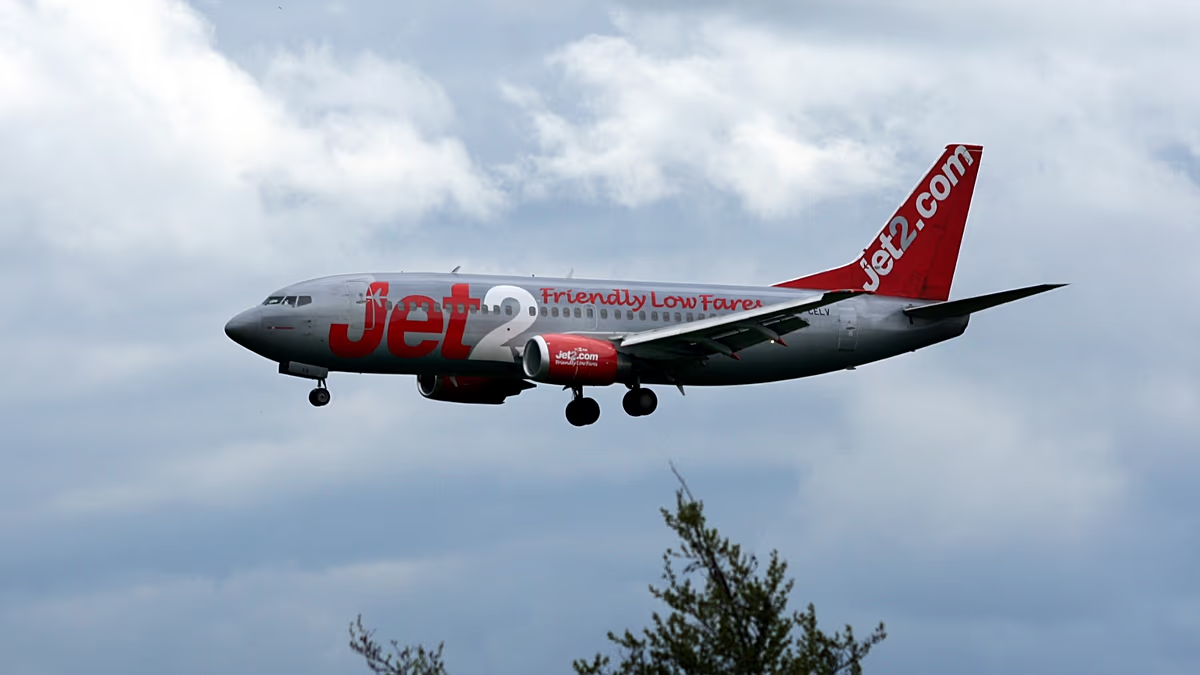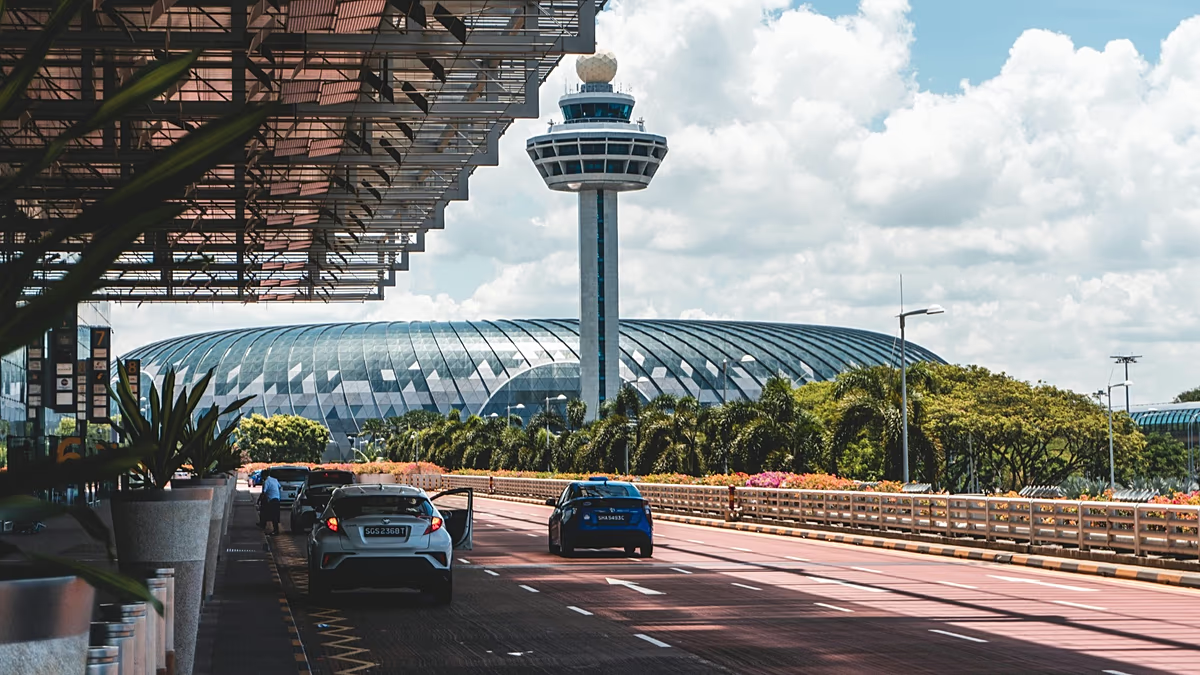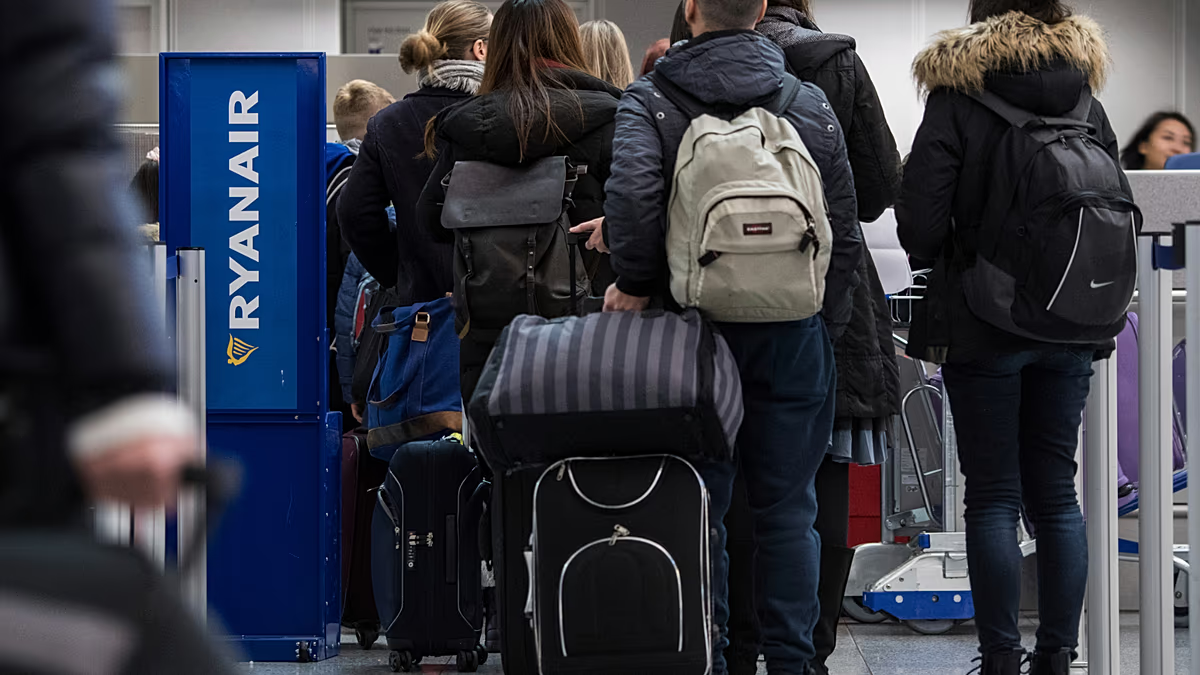Would You Pay to Keep the Middle Seat Empty?
A recent consumer survey conducted in 2023 revealed an interesting insight into airline passenger preferences: 42 percent of travelers would consider paying an additional fee to ensure the middle seat next to them remains empty. This finding highlights a growing desire among flyers for more personal space and comfort during their journeys, especially as air travel continues to rebound from pandemic-era restrictions when many airlines temporarily blocked middle seats for social distancing purposes.
The willingness of nearly half of passengers to pay extra for an empty adjacent seat represents a significant shift in consumer priorities. While airlines have traditionally focused on offering upgrades related to legroom, priority boarding, or in-flight amenities, this survey suggests there’s substantial untapped demand for a simpler luxury: breathing room. For many travelers, the prospect of avoiding the dreaded middle seat squeeze—where passengers find themselves sandwiched between strangers for hours—appears valuable enough to warrant additional expense.
This consumer sentiment presents both an opportunity and a challenge for airlines. On one hand, offering middle seat blocking as a purchasable option could create a new revenue stream without requiring structural changes to aircraft. On the other hand, blocking seats inherently reduces the number of available tickets per flight, potentially offsetting gains unless the premium charged adequately compensates for the loss. Airlines would need to carefully balance pricing strategies against capacity considerations, especially on popular routes where maximizing passenger count typically drives profitability.
The psychology behind this preference is multifaceted. Beyond simple physical comfort, having an empty adjacent seat provides passengers with a sense of privacy and control over their personal space—elements that have become increasingly important to consumers in the post-pandemic travel landscape. For business travelers who need to work during flights or leisure travelers on long-haul journeys, the extra elbow room can significantly enhance the overall travel experience, potentially increasing customer satisfaction and loyalty.
From a practical standpoint, implementing such an option would require thoughtful execution. Airlines might consider tiered approaches, such as allowing passengers to bid on empty middle seats, offering them as add-ons during booking, or including them in premium economy packages. Some carriers might test the concept on specific routes or aircraft types before wider implementation. The technology to support such offerings already exists within most airline reservation systems, making this a relatively accessible innovation compared to other customer experience enhancements.
As the airline industry continues to evolve in response to changing consumer expectations, this survey finding represents a compelling data point for decision-makers. The fact that a substantial percentage of travelers would pay to avoid the middle seat neighbor suggests a fundamental shift in how passengers value their in-flight experience. Whether this preference will translate into widespread adoption of empty middle seat options remains to be seen, but it certainly indicates that personal space has become a premium consideration for today’s air travelers—one that many are increasingly willing to pay for.













